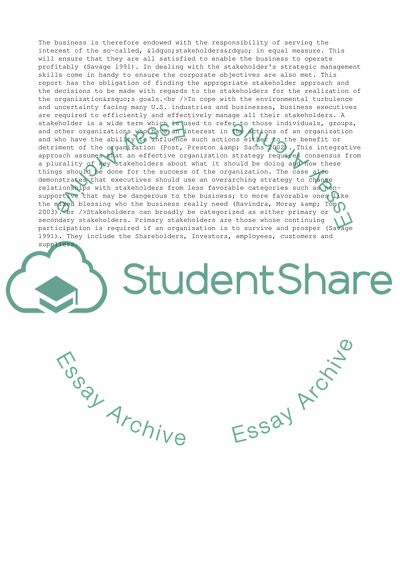Cite this document
(Turbulence in the Business Today Essay Example | Topics and Well Written Essays - 1500 words - 1, n.d.)
Turbulence in the Business Today Essay Example | Topics and Well Written Essays - 1500 words - 1. https://studentshare.org/business/1800110-stakeholders
Turbulence in the Business Today Essay Example | Topics and Well Written Essays - 1500 words - 1. https://studentshare.org/business/1800110-stakeholders
(Turbulence in the Business Today Essay Example | Topics and Well Written Essays - 1500 Words - 1)
Turbulence in the Business Today Essay Example | Topics and Well Written Essays - 1500 Words - 1. https://studentshare.org/business/1800110-stakeholders.
Turbulence in the Business Today Essay Example | Topics and Well Written Essays - 1500 Words - 1. https://studentshare.org/business/1800110-stakeholders.
“Turbulence in the Business Today Essay Example | Topics and Well Written Essays - 1500 Words - 1”. https://studentshare.org/business/1800110-stakeholders.


